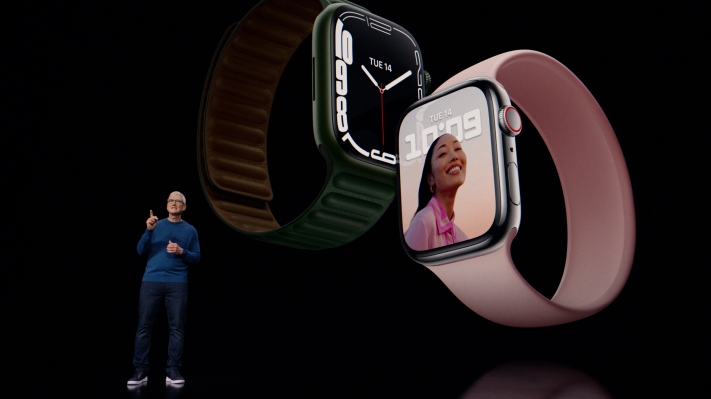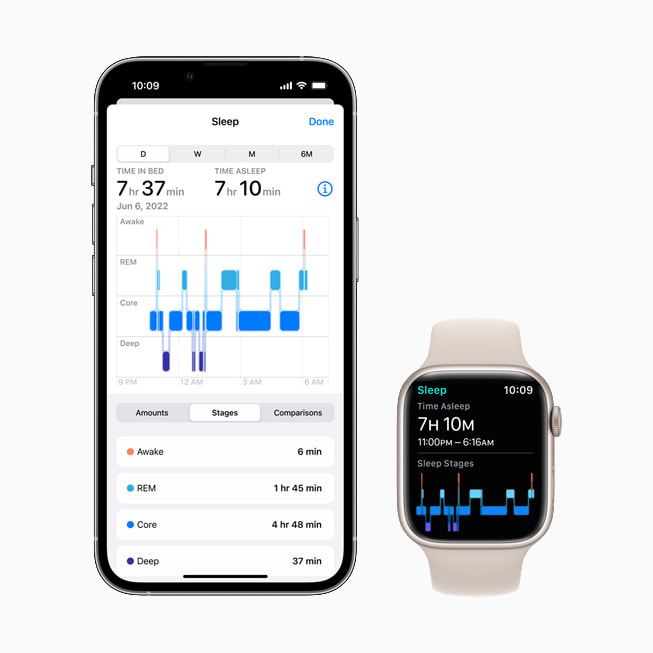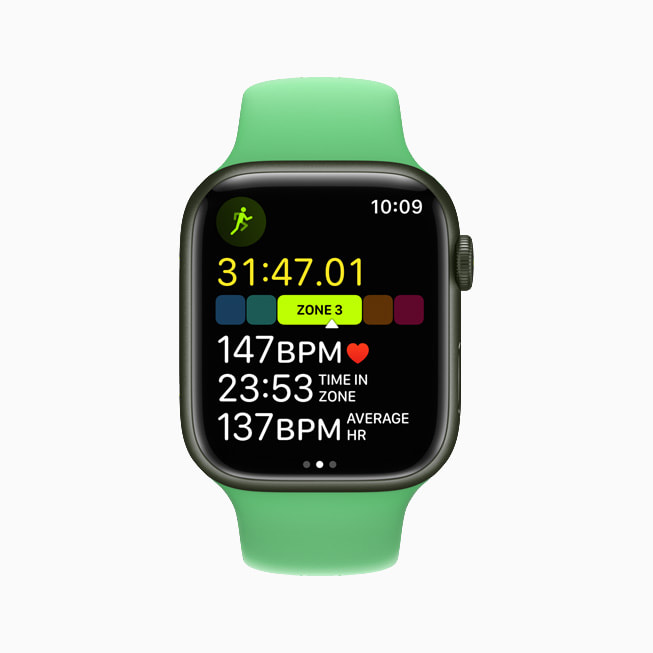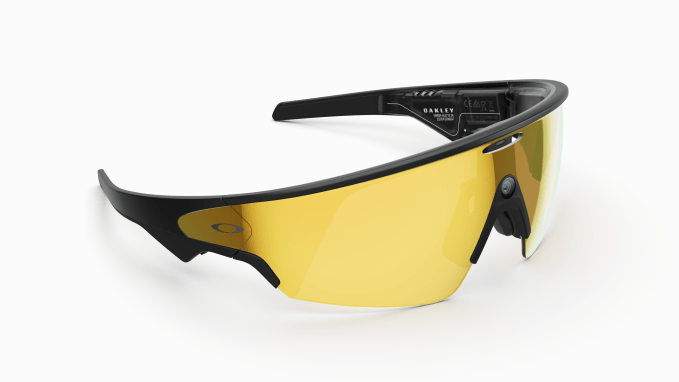
Review: Sonos Ray soundbar is an easy upgrade that will leave you wanting more
June 7, 2022
Europe seals deal on USB Type-C common charger rules
June 8, 2022
During a keynote at Apple’s Worldwide Developers Conference, the company debuted the latest version of watchOS, the operating system that runs on the Apple Watch.
Apple claimed that it has improved the Apple Watch’s ability to detect arterial fibrillation (A-fib), an irregular heartbeat that can lead to blood clots, stroke, heart failure and other heart-related complications. With the arrival of watchOS 9, supported Apple Watch device models can now detect “burden,” or how often a person experiences A-fib over a certain amount of time.
Apple was granted 501(k) approval from the U.S. Federal Food and Drug Administration this morning. As opposed to full approval, 501(k) approval doesn’t require companies to provide effectiveness data from clinical trials.

Image Credits: Apple
With watchOS 9, supported Apple Watch models now show heart zones to get a sense of a workout’s intensity level. You can set up distance and time intervals, and there’s haptic and voice feedback to tell you when to switch modes while working out.
Along the same vein, beyond new complications and watch faces (including astronomy, lunar, “playtime,” and “metropolitan” faces), new exercise modes are a part of the watchOS 9 release, as well as key “form metrics” (like stride length, ground contact time, and vertical oscillation) for runners. There’s also a new workout type for triathletes that can auto-switch between cycling, swimming, and running. And for users who own a Meta Quest VR headset, Apple Watch can now show stats from Move, Meta’s fitness tracker for the Quest, on the Fitness mobile and Watch app.
Joining these are a new sleep-tracking feature that tracks different sleep stages including REM, core, and deep sleep. Plus, watchOS can now track medications and notify wearers when they need to take them.

Image Credits: Apple
Elsewhere, apps can be pinned for quick access in watchOS 9. Notifications have been redesigned. And there’s a revamped, streamlined Siri UI.
Other updates of note include:
- Quick Actions, including gestures for answering or ending a phone call, taking a photo, playing or pausing media in the Now Playing app, and starting, pausing or resuming a workout.
- Apple Watch Mirroring, which helps users control Apple Watch remotely from their paired iPhone. For example, with Apple Watch Mirroring, users can drive Apple Watch using iPhone’s assistive features like Voice Control and Switch Control — so they can navigate Apple Watch by using their voice, sound actions, head tracking and external Made for iPhone switches as alternatives to tapping the Apple Watch display.
- Apps that are actively in use are now promoted over the rest of the apps in the redesigned dock.
- The Reminders app now lets users add or edit details such as date and time, location, tags and notes. Users can create calendar view and access a weekly calendar view in addition to list, day, and month views.
- Apple Watch now provides estimates of “cardio recovery” in the Health app for affter an outdoor walk, run, or hiking workout, even when the workout does not reach peak intensity.
- New APIs allow developers to build third-party apps, with CallKit and share sheet support, access to Photos picker, and the ability to integrate watchOS apps with Apple TV.
- Kickboard detection has been added as a new stroke type for pool swim workouts, using sensor fusion on Apple Watch to automatically detect when users are swimming with a kickboard and classify the stroke type in the workout summary along with distance swam.
- With watchOS 9, Apple Fitness+ workouts now display on-screen guidance in addition to trainer coaching to help users get the most out of workouts.
A public beta of watchOS 9 is due next month, with a developer beta out today. It supports Apple Watch Series 4 or later paired with iPhone 8 or later and iPhone SE (second generation) or later, running iOS 16.




